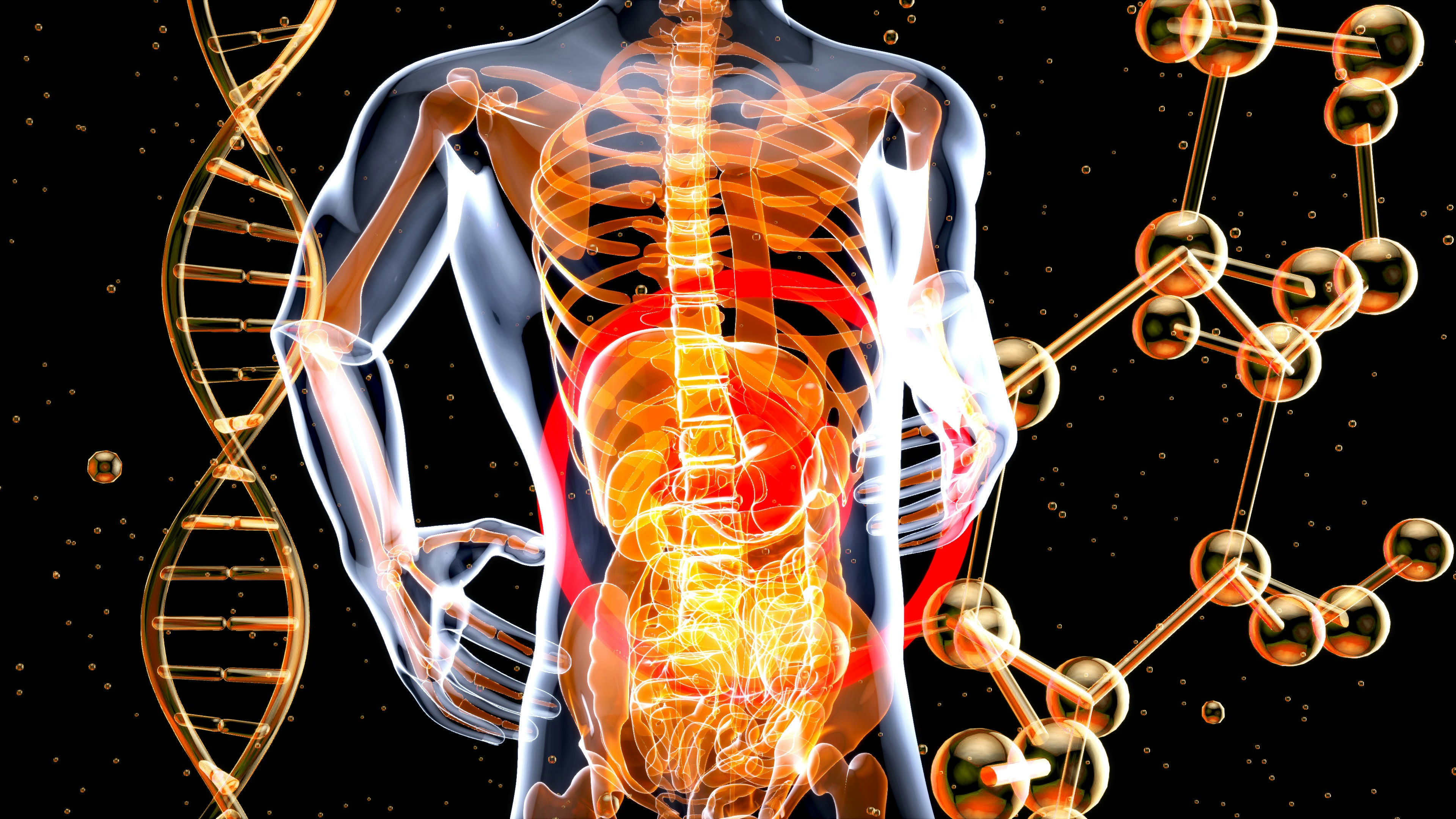Health
Health
Health
How to Protect Your Bones, Muscles, and Joints in Menopause
Menopause is a natural but profound biological transition that affects nearly every system in the body. While much attention is given to hot flashes, mood swings, and hormonal fluctuations, the musculoskeletal system—including bones, muscles, and joints—undergoes significant changes that can impact mobility, strength, and overall quality of life. Research has begun to categorize these changes under the term Musculoskeletal Syndrome of Menopause, emphasizing the need for proactive health strategies to mitigate long-term consequences.



Declining Estrogen and Musculoskeletal Health
One of the most critical factors in maintaining strong bones and muscles is estrogen, a hormone that regulates bone density and muscle mass. As estrogen levels drop during menopause, the risk of developing osteoporosis, sarcopenia, and osteoarthritis increases significantly. Studies indicate that over 70% of menopausal women experience musculoskeletal symptoms severe enough to impact daily life, yet many are unaware of the connection between menopause and joint health.
Key Musculoskeletal Changes During Menopause
Understanding the specific changes that occur can help women take early preventive steps:
Bone Density Loss: Without sufficient estrogen, bones become more brittle and fragile, increasing the risk of fractures. Studies highlight that postmenopausal women can lose up to 20% of their bone density within the first five years of menopause.
Muscle Mass Decline: The reduction in estrogen levels leads to sarcopenia, a condition that results in muscle weakening and loss of strength. Research shows that muscle mass declines at a rate of 1–2% per year after menopause.
Joint Pain and Stiffness: Many women experience chronic joint pain, often misattributed to aging. This discomfort is due to increased inflammation and cartilage breakdown, which can be worsened by declining estrogen levels.
The Hidden Risks of Musculoskeletal Syndrome of Menopause
Many of these symptoms are not visible on standard diagnostic tools like X-rays, leading to misdiagnosis or dismissal of pain complaints. The silent progression of osteoporosis is particularly concerning, as fractures are often the first sign of the disease. Studies confirm that osteoporosis-related fractures are responsible for significant disability in postmenopausal women (NIH study).
Practical Strategies for Musculoskeletal Health
Fortunately, there are proactive steps women can take to maintain musculoskeletal health and reduce risks:
Weight-Bearing Exercises – Strength training and activities like yoga and Pilates improve bone density, flexibility, and muscle strength.
Calcium and Vitamin D Intake – Essential for bone regeneration, ensuring adequate dietary sources and supplements can help combat bone loss (Harvard Study).
Menopause Hormone Therapy (MHT) – Previously known as HRT, this treatment has been shown to reduce bone loss and alleviate joint discomfort (Mayo Clinic).
Joint-Friendly Movements – Activities such as swimming and cycling help maintain mobility without excessive strain on joints.
Anti-Inflammatory Diet – Including omega-3 fatty acids, turmeric, and leafy greens has been shown to reduce inflammation and joint pain (JAMA study).
Regular Bone Density Screenings – Helps detect early signs of osteoporosis and assess fracture risk.
Conclusion
Take Control of Your Musculoskeletal Health
Menopause is a pivotal phase in life, but it doesn’t have to lead to physical decline. By taking a proactive approach to bone and muscle health, women can maintain strength, mobility, and independence well into their later years.
If you're experiencing joint pain, muscle weakness, or concerns about bone density, it's essential to seek expert guidance. Schedule a comprehensive consultation with our specialists today to explore personalized strategies for maintaining musculoskeletal health.
Articles
Discover our other articles
Explore our articles to know the best behavior about alimentation and well-being.




















